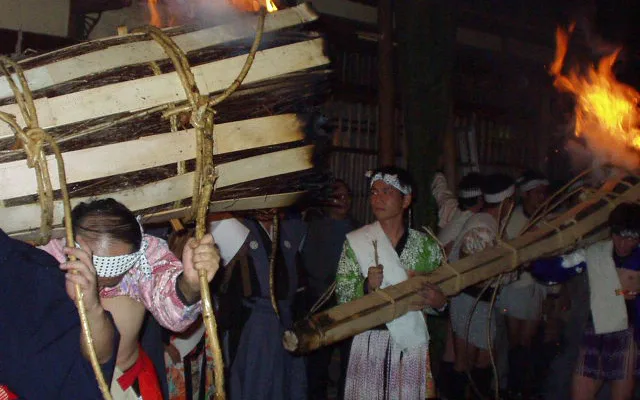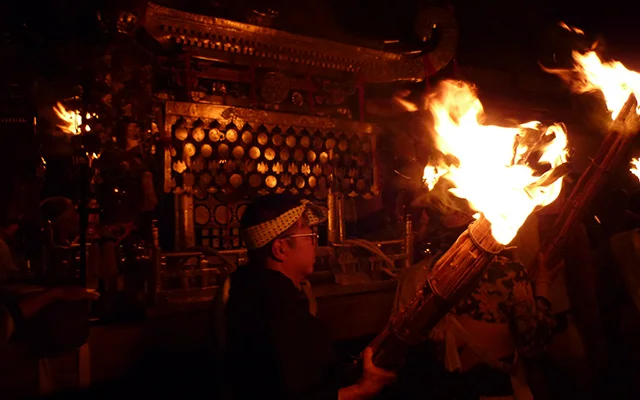Travel to Kurama during the Fire Festival
All the crucial information and the details you need to have in mind before visiting the Kurama Fire Festival.
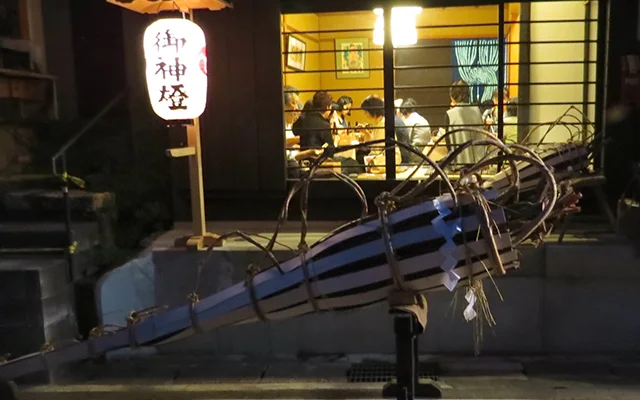
As revealed by its name, the Kurama Fire Festival (Japanese: 鞍馬の火祭 -No Hi Matsuri-) is a local festival (Matsuri) of Japan. It is organized and observed locally by the small community of Kurama village in the Kyoto area.
It commemorates the physical moving of the Yuki-jinja Shrine from Heian-kyo (old name of Kyoto) to mount Kurama as well as the spiritual relocation of the corresponding gods and deities to this new place. This removal initiated in 940 AD by the Emperor and from that time the local inhabitants arrange a reenactment of the passage of the spirits through the main street of their village. This ceremonial reenactment is taking place on an annual basis on the 22nd of October.
What to expect from Kurama Fire Festival?
Kurama Fire Festival is considered one of the most majestic and spectacular events at a national level and for this reason, thousands of visitors arrive annually to the village in order to observe the followed rituals.
There is no doubt that it is a worth-visiting event since it offers a unique opportunity to experience a series of rites related to the deep roots of the Japanese religion and culture. Below you can find more information regarding the practical facts and details that can help an attendant to enjoy the festival to its greatest extent.
Beautiful mountainous landscape
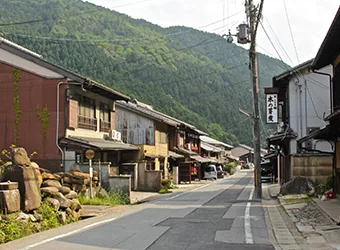
Kurama is located in a mountainous area north of Kyoto. It is a tiny village that apart from its famous Fire Festival is well known for its onsen (hot springs).
Many visitors combine the festive occasion with some relaxing overnights in the area where they visit the open-air hot-spring baths. This can be combined with some walks in the nearby untouched nature which especially during autumn provides a breathtaking and colorful landscape.
Given that the altitude of the area is considerably higher than this of the city of Kyoto, it is highly recommended that the visitors would have some warmer clothes with them since during the evening the temperature can fall to lower levels.
Access (How to reach Kurama)
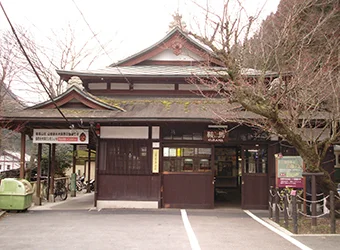
The vast majority of the guests are reaching the festival area by train. From downtown Kyoto, the train trip to Kurama village can last approximately 45 to 60 minutes. But especially on the festival day, there are high probabilities for long queues so all the potential travelers should be prepared for that.
More specifically from the Kyoto Station, someone has to reach Demachiyanagi Station and from there to get the Eizan electric train line towards Kurama village. A round-trip ticket costs approximately 859 yen (Oct 2019). Many tourists choose to make this trip in the evening as they target to arrive in Kurama around 6:00 pm when the festival starts.
It should be pointed out though that this planning highers the risk to lose more time in long queues. Investing the whole day in Kurama or at least arriving at the village in the midday can definitely be more convenient and less stressful. Regarding the night trip back to Kyoto, the day visitors should be aware not to lose the last train that departs earlier than the time when the very last ritual takes place (around 2:00 am in the morning).
Big crowds
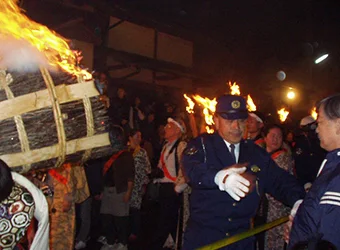
Every year the small village of Kurama welcomes around 10.000 visitors who are arriving to attend the famous Fire Festival. Those numbers are disproportionately high for the tiny community which is obliged to construct some plans towards crowd control.
While the evening of the 22nd of October is approaching more and more guests step-off the electric trains of the Kurama Station. The roads are barricaded and numerous volunteers try to inform and lead the crowd. Informative flyers (in Japanese and in English) are distributed by the volunteers, while many of them answer to potential queries. As expected it is extremely difficult to get a privileged spot close to the parade starting point or at the Yuki Shrine unless someone gets it earlier in the evening.
Another recommended viewing spot is at the Kurama Temple which is also a place for the media and the live-broadcasting cameras. Finally, there are some shops across the main street of the village that make their second floor a charged viewing spot.
Ceremonial occasion
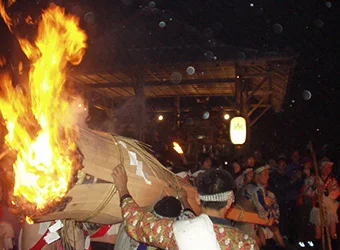
It is quite crucial to point out that the Kurama Fire Festival is more a ceremony than a party. The followed rites have deep cultural and historical roots and many of them are sacred rituals with religious and spiritual connotations.
The visitors should be aware of the solemn notion of the event and they are called to follow the instructions of the volunteers when it comes to their moving in the festival areas.
There is no doubt that the Kurama Fire Festival offers everyone the unique opportunity to observe a genuine procession that remained unchanged for a thousand years and reveals the long history of the Japanese tradition. The sparkling fires in the evening dusk, the sound of the taiko drums and the devout attitude of the ritual participants can promise an immersing and unforgettable experience.
